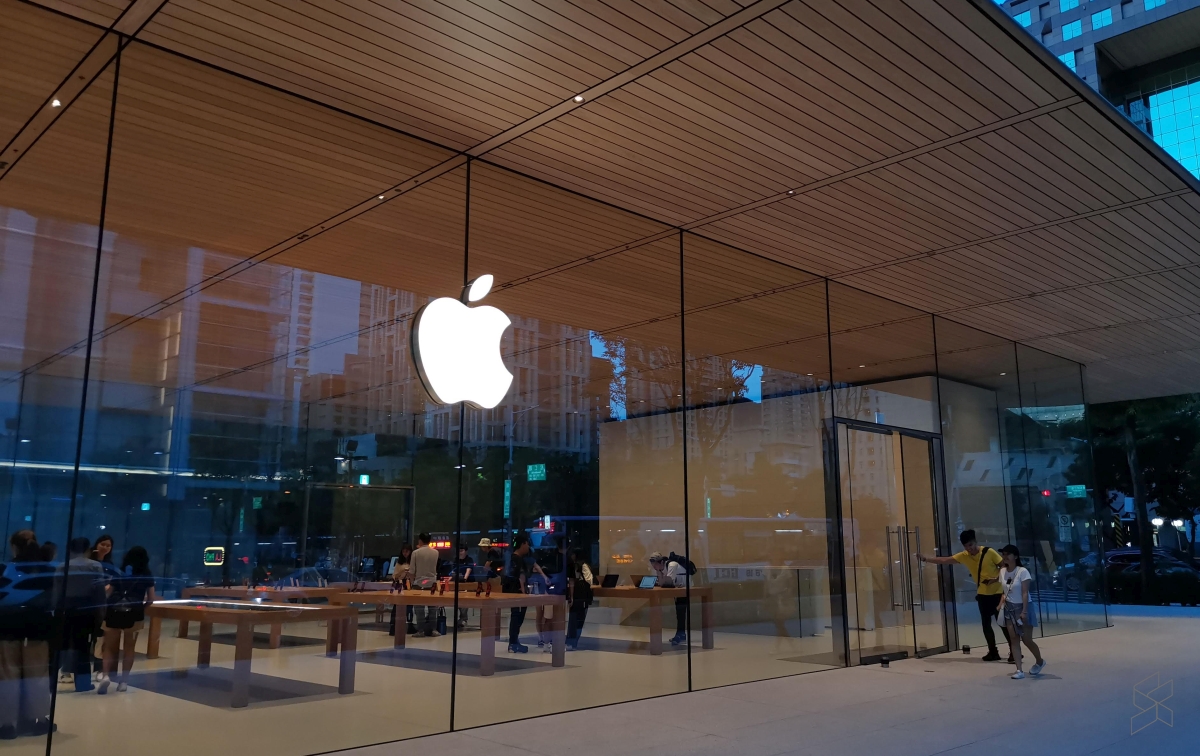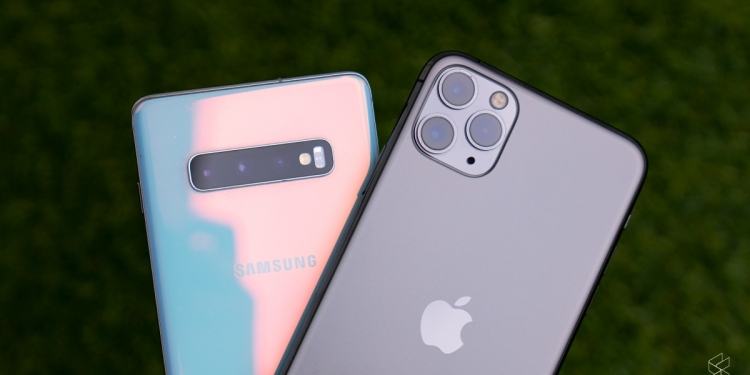Analysts at Display Supply Chain Consultants believe that Apple made a USD 950 million payment to Samsung for purchasing fewer OLED for its iPhones. While many of us know that Apple and Samsung are bitter rivals in the smartphone wars, the Cupertino-based company actually uses OLED panels on its smartphones that are made by its South Korean rivals.
The details emerged when Samsung shared guidance on the company’s revenue and operating profit for the second quarter of 2020. The Korean electronics reported that its revenue was at USD 46 billion, which represented an 11% decline year-on-year. However, the report noted that Samsung saw one-time gain related to its display business, that Samsung did not disclose the amount.
DSCC cites unnamed sources that the amount came from Apple. The report also explained that Apple’s payment had turned what would have been an operating loss for Samsung to an operating profit.
According to a story from Macrumors, Apple had reported revenue of USD 58.3 billion in April, which is up from USD 58 billion from the same period last year. It is understood that the company has not provided guidance for the third fiscal quarter of 2020 due to the instability caused by the ongoing pandemic.

The COVID-19 pandemic has forced Apple to close many of its retail stores in the United States and around the world for several months, this has severely impacted sales of its iPhones and other devices. Though Apple expected to reopen its stores in May, the recent spike in COVID-19 cases in the US, there is a good chance many of its stores need to be shut down again.
That being said, Apple does plan to announce its third fiscal quarter (or second calendar quarter) earnings by 30 July 2020. By then we should have a better idea of Apple’s performance and whether the prolonger closure of its stores has a major impact on the sales of its iPhone and other products.
This is not the first time Apple has made such a big payment to Samsung. Back in July 2019, the Cupertino-based company paid Samsung USD 683 million after missing OLED display purchase targets due to poor sales in China and other markets in 2018.
[SOURCE]








